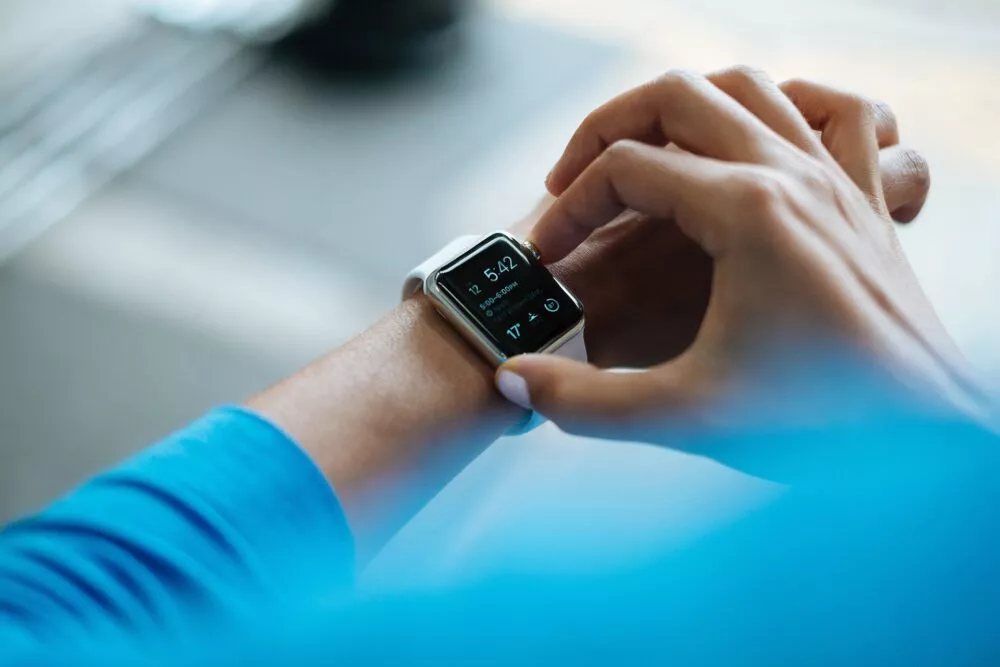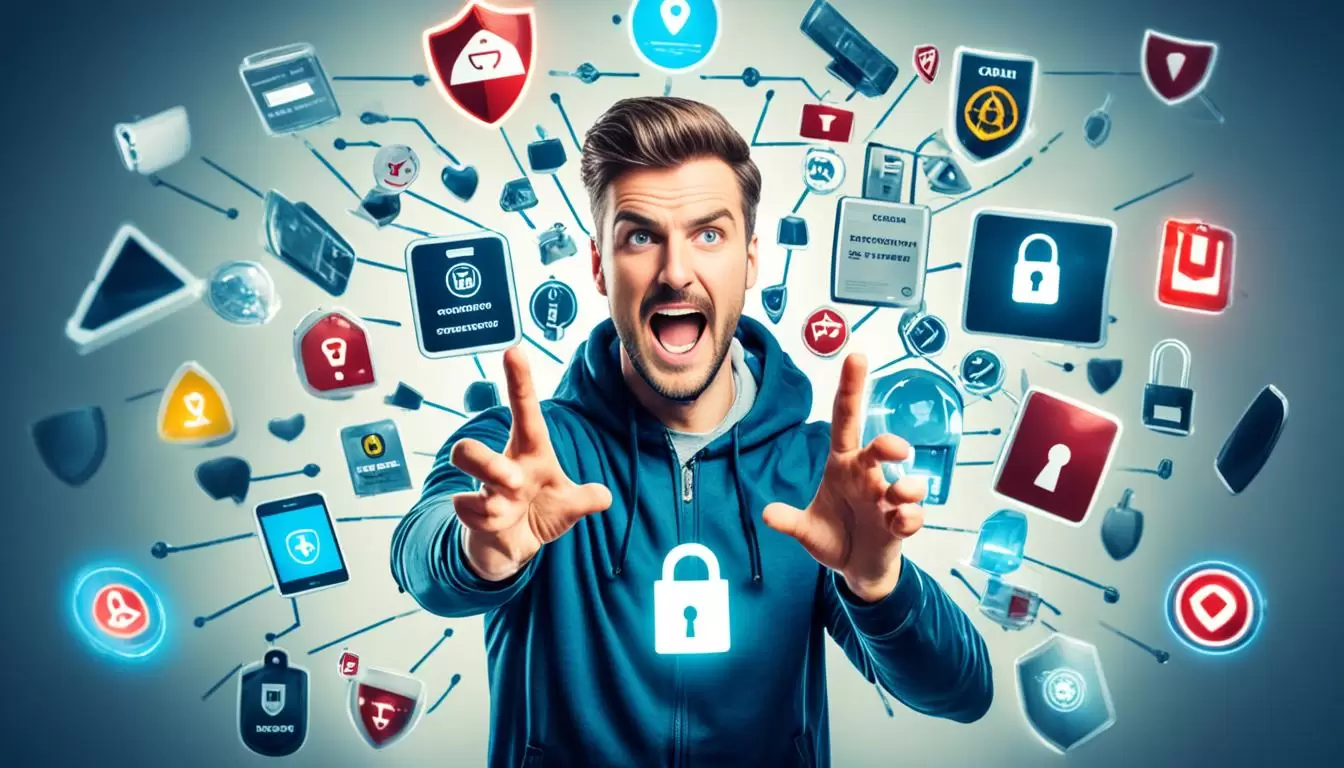
Cybersecurity is a crucial topic in an increasingly connected world. With the growing reliance on the internet for everyday tasks such as shopping, banking, and social media, the risks of cyberattacks have also increased significantly. Protecting your data online is not just a precaution, but a necessity to prevent privacy breaches, fraud, and other harm.
Today, hackers use increasingly sophisticated tactics to exploit vulnerabilities in devices and systems. This includes stealing personal information, such as passwords and financial data, and even manipulating connected devices. While threats are constant, many of them can be prevented with good cybersecurity practices, such as creating strong passwords and using two-factor authentication.
In this article, we'll provide practical and effective tips for protecting your data online. From avoiding unsecured public networks to setting up backup systems, you'll learn how to strengthen your digital security. Follow these guidelines and stay safe in the digital world.

One of the simplest yet most effective ways to protect your online data is to use strong, unique passwords for each account. Weak or reused passwords become easy targets for hackers, who can access them through brute-force attacks or data breaches.
Use combinations of upper and lower case letters, numbers, and special characters.
Avoid obvious information, such as birth dates or family names.
Use password managers like LastPass or 1Password to create and store strong passwords securely.
Change your passwords regularly, especially for accounts that store sensitive information.
Remember that strong passwords are the first line of defense against cyberattacks.
Using public Wi-Fi networks may seem convenient, but it also poses significant risks to your cybersecurity. These networks are often unsecured and can be easy targets for hackers, who can intercept data transmitted through them.
Always use a VPN (Virtual Private Network) to encrypt your connection and protect your data.
Avoid accessing bank accounts or making online purchases on public networks.
Make sure the website you are using has a secure connection (indicated by the padlock next to the URL).
Whenever possible, choose to use your own mobile data connection for sensitive activities.
Phishing is one of the most common forms of cyberattacks. It occurs when criminals pose as legitimate organizations to trick users into obtaining sensitive information, such as passwords and credit card numbers.
Emails or messages asking for urgent personal or financial information.
Suspicious links that redirect to fake websites.
Messages with grammatical or spelling errors.
Tips to avoid phishing:
Never click on links or download attachments from unknown senders.
Check the sender's email address for possible fraud.
Always access official websites by typing the URL directly into the browser.
Paying attention to these details can help you avoid scams and protect your personal data.

Two-factor authentication (2FA) is an extra layer of security that significantly reduces the risk of account hacking. It requires a second form of verification in addition to a password, such as a code sent via SMS or generated in an app.
Access account settings: Log in to the account you want to protect and go to the security section.
Look for “Two-factor authentication” or “2FA”: This is usually located next to the login or security options.
Choose your verification method: Select from SMS, an authenticator app (such as Google Authenticator or Authy), or a physical security key.
Enable the functionality: Follow the instructions provided by the service to complete the setup.
Test authentication: Perform a test login to ensure 2FA is working correctly.
With 2FA enabled, even if someone discovers your password, they won't be able to access your account without the second authentication factor.
Keeping your devices up-to-date and performing frequent backups are essential cybersecurity practices. Software updates frequently fix vulnerabilities that can be exploited by hackers. Backups protect your data from loss, whether due to cyberattacks or system failures.
Update regularly: Set up automatic updates on your devices to ensure they're always protected.
Use cloud and local backups: Services like Google Drive, OneDrive, and iCloud are great options for cloud backups. For extra security, keep physical copies on external devices.
Test your backups: Make sure your files can be restored correctly.
With these practices, you reduce the risk of losing important information and protect yourself against cyber threats.
In addition to technical practices, digital literacy is an essential component of strengthening cybersecurity. With the constant advancement of technology, it's vital that users understand the risks associated with the digital environment and know how to minimize them.
Digital literacy involves learning to identify threats, such as phishing and malware, and understanding security best practices. Companies, schools, and even governments are investing in awareness programs to teach the best ways to protect information online.
Tips to improve your digital education:
Investing in knowledge is a powerful way to prevent attacks and create a culture of cybersecurity in your personal and professional life.
Protecting your online data is an ongoing but essential task in an increasingly complex digital world. Taking steps such as creating strong passwords, using two-factor authentication, avoiding insecure public networks, and being aware of phishing scams are fundamental steps to ensuring your cybersecurity.
Furthermore, maintaining regular updates and backups further strengthens your defenses against attacks. Cybersecurity requires attention and daily best practices, but the benefits of protecting your information are worth the effort.
By following the tips presented in this article, you'll be better prepared to browse the internet with peace of mind and security. Remember: prevention is always the best solution in the digital world.